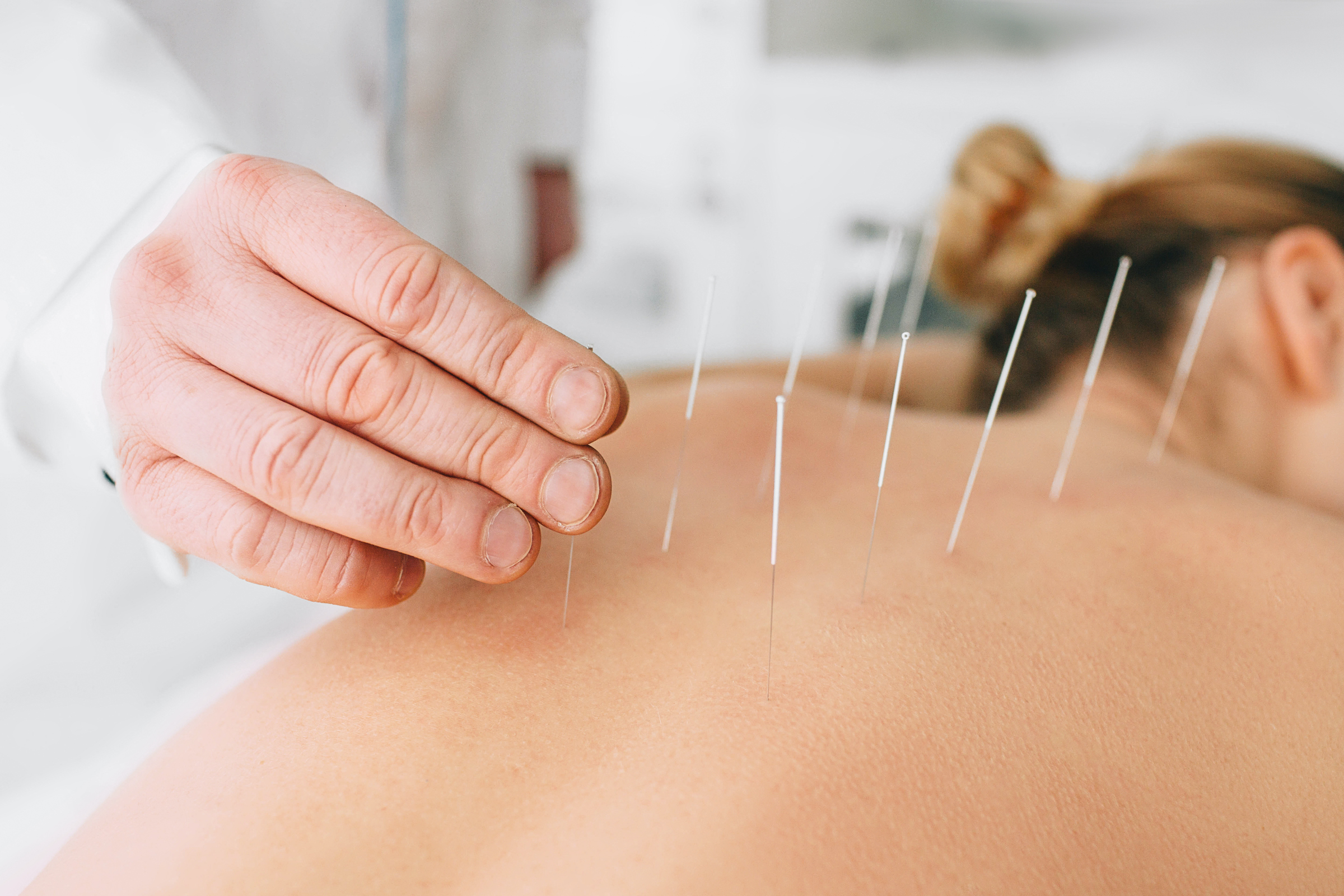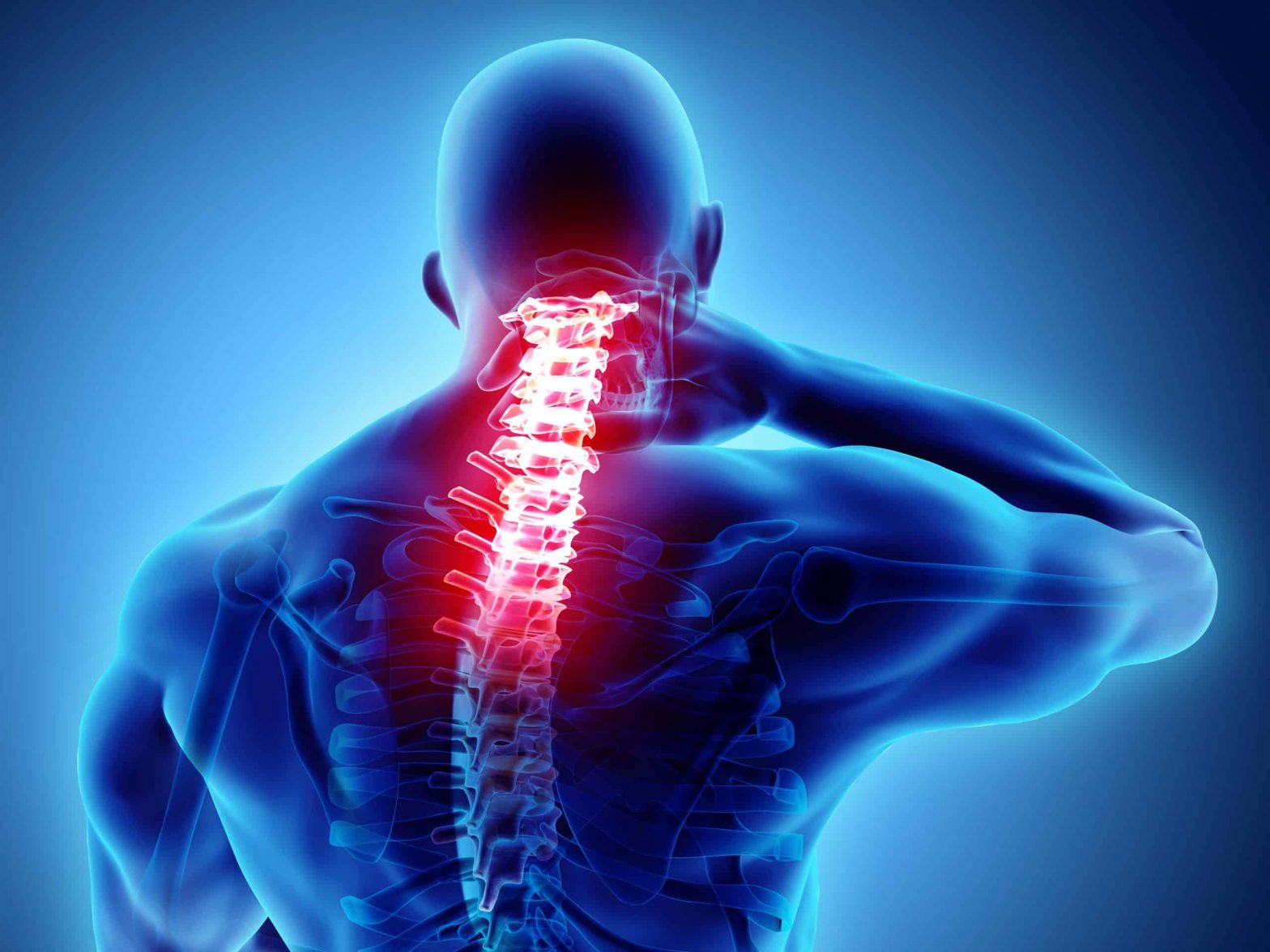Living with chronic pain affects millions of people worldwide, with approximately 1 in 5 U.S. adults experiencing persistent pain that lasts over three months. While medications can provide temporary relief, many individuals seek natural alternatives to avoid long-term side effects and dependency issues. The good news is that numerous evidence-based, non-pharmacological approaches can effectively manage chronic pain and improve quality of life.
Chronic pain differs significantly from acute pain, as it persists long after the initial injury has healed and can significantly impact daily functioning, sleep, mood, and well-being. Common types include neck and back pain, joint pain, headaches, muscle aches, and bone pain. Rather than simply masking symptoms, natural pain management approaches focus on addressing underlying causes, reducing inflammation, promoting healing, and empowering individuals with self-management skills.
The beauty of non-medication pain management lies in its holistic approach. These methods work by altering thoughts and focusing concentration to better manage and reduce pain. They encourage active patient participation in care plans and help address the multifaceted effects of pain on a person’s life. Many noninvasive, nonpharmacologic approaches can improve pain and function without risk of serious harm, making them attractive options for long-term pain management.
Understanding that pain is personal means treatment must be individualized. What works for one person may not work for another, which is why exploring various natural approaches and finding the right combination is crucial for success.
Physical Therapies and Exercise

Movement as Medicine
Physical activity plays a crucial role in interrupting the “vicious cycle” of pain and reduced mobility found in chronic conditions such as arthritis and fibromyalgia. Simple, everyday activities like walking, swimming, gardening, and dancing can ease pain directly by blocking pain signals to the brain. Exercise also helps by stretching stiff and tense muscles, ligaments, and joints.
Structured Exercise Programs
Exercise therapy, including aerobic, aquatic, and resistance exercises, represents a prominent modality in physical therapy. Physical therapists guide patients through exercises designed to preserve or improve strength and mobility. The key is starting gradually and increasing activity slowly to avoid overdoing it, as the initial discomfort often represents muscles and joints getting fitter rather than causing damage.
Manual Therapies
Physical therapy encompasses various manual techniques, including massage, heat or cold therapy, ultrasound, and transcutaneous electrical nerve stimulation (TENS). Massage therapy can ease pain by working tension out of muscles and joints, relieving stress and anxiety, and introducing competing sensations that override pain signals. However, massage is better suited for soft tissue injuries and should be avoided for joint pain.
Mind-Body Techniques
Cognitive Behavioral Therapy
Psychological interventions, particularly cognitive-behavioral therapy (CBT), help modify thoughts, emotions, and behaviors associated with pain. CBT equips individuals with coping strategies, relaxation techniques, and stress management skills to improve pain perception and functional outcomes. This approach has proven effective for chronic pain conditions like fibromyalgia and chronic low back pain.
Meditation and Mindfulness
Mind-body techniques, including meditation, mindfulness, and breathing exercises, help restore a sense of control over the body and reduce the “fight or flight” response that can worsen chronic muscle tension and pain. Mindfulness-based stress reduction has shown particular promise in pain management.
Breathing Techniques
Concentrating on breathing when experiencing pain can provide significant relief. When pain is intense, people often take shallow, rapid breaths, which can cause dizziness, anxiety, or panic. Instead, slow, deep breathing helps maintain control, promotes relaxation, and prevents muscle tension or anxiety from worsening pain.
Alternative and Complementary Therapies

Acupuncture
Acupuncture involves inserting thin needles into specific points on the body and is commonly used to treat pain. This traditional Chinese medicine technique is believed to stimulate the body’s energy flow and promote natural pain relief. Research suggests that acupuncture can help manage certain pain conditions, with studies backing its potential to alleviate pain after surgery and back pain.
Yoga and Tai Chi
These exercise practices incorporate breath control, meditation, and gentle movements to stretch and strengthen muscles. Many studies have shown that yoga and tai chi can help people manage pain caused by various conditions, from headaches to arthritis to lingering injuries. These mind-body practices are particularly effective because they combine physical movement with mental focus.
Heat and Cold Therapy
Heat and cold treatments remain cornerstone methods for relieving certain types of pain. Ice packs should be used immediately after injury to reduce swelling, while heat packs are better for chronic muscle or joint injuries. These simple, accessible treatments can provide immediate relief and are easily incorporated into daily routines.
Natural Remedies and Herbal Supplements
Anti-Inflammatory Herbs
Several herbal supplements have natural anti-inflammatory properties that can help reduce pain and inflammation. Turmeric contains curcumin, which has potent anti-inflammatory effects. Boswellia serrata, an Ayurvedic herb, offers strong anti-inflammatory and pain-relieving benefits, particularly for osteoarthritis, by blocking specific inflammatory pathways.
Other Beneficial Herbs
Ginger shows promise as a natural pain reliever, with studies indicating that consuming 2 grams daily can modestly reduce muscle pain from exercise when taken for at least 5 days. Capsaicin, found in chili peppers, offers high levels of pain relief and improvements in sleep, fatigue, depression, and quality of life.
Essential Oils
Essential oils like lavender, peppermint, and eucalyptus may provide natural pain relief when used topically or through aromatherapy. These oils can be added to baths, used in massage, or inhaled for therapeutic benefits.
Lifestyle Modifications

Sleep and Rest
Quality sleep is crucial for pain management, as poor sleep can worsen pain perception and reduce the body’s ability to heal. Establishing good sleep hygiene, creating a comfortable sleep environment, and addressing sleep disorders can significantly impact pain levels.
Stress Management
Chronic stress can exacerbate pain, making stress management techniques essential. Regular practice of relaxation techniques, including meditation, deep breathing, and progressive muscle relaxation, can help reduce persistent pain.
Social Connection
Maintaining relationships with friends and family is vital for pain management. Social isolation can worsen pain perception, while strong social connections provide emotional support and distraction from pain. Even brief, regular contact with loved ones can improve well-being and pain management.
Hydration and Nutrition
Proper hydration and nutrition play important roles in pain management. Anti-inflammatory diets rich in omega-3 fatty acids, antioxidants, and whole foods can help reduce inflammation and support the body’s natural healing processes.
Creating Your Pain Management Plan
Successfully managing chronic pain without medications requires a comprehensive, individualized approach. Start by consulting with healthcare providers to ensure any underlying conditions are properly addressed. Then, gradually incorporate various techniques to find what works best for your specific situation.
Consider combining multiple approaches for maximum effectiveness. For example, you might integrate regular exercise with mindfulness meditation, acupuncture treatments with herbal supplements, and heat therapy with stress management techniques. Keep a pain diary to track which methods provide the most relief and adjust your approach accordingly.
Remember that natural pain management is often a gradual process. Unlike medications that may provide immediate relief, natural approaches typically require consistent practice and patience to achieve optimal results. However, the long-term benefits of improved function, reduced side effects, and enhanced quality of life make this investment worthwhile.

